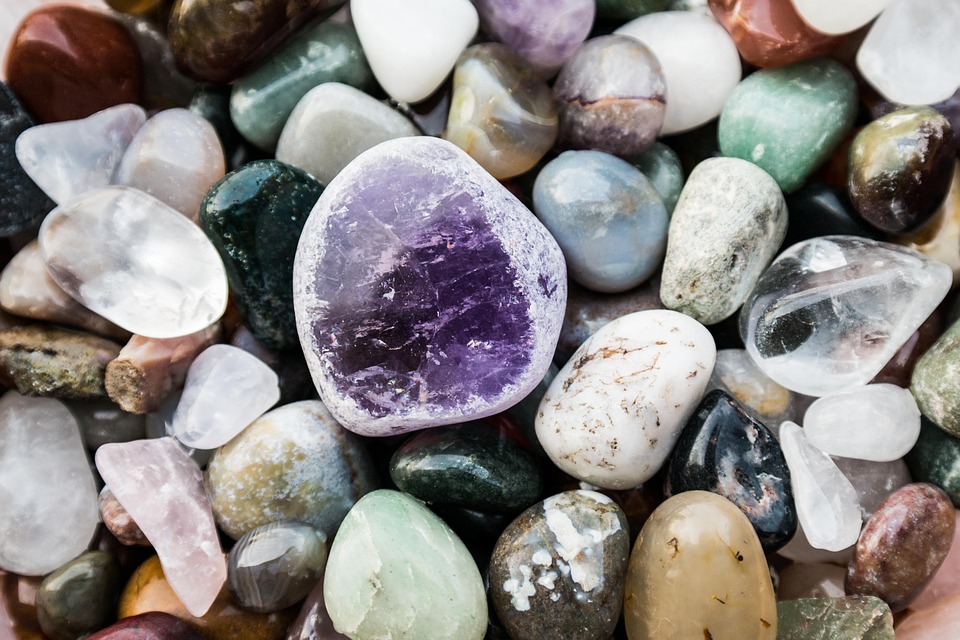Let us imagine a rare and precious jewel that was mined countless generations ago. It sparkles with near mystical brilliance against the sun. Its many facets cast luminous, shining light in every direction. So special, the jewel has been handed down from parents to children through the many ages of the family’s existence. The gemstone has been coddled and wrapped, held close to the heart and protected by each generation’s guardians against all the malign efforts by thieves and villains to take it over, to destroy it.
Imagine further that it is our turn to safeguard this marvellous heirloom.
Or, would we decide: Enough! The jewel has a cloudy, unclear provenance. It looks more cumbersome than elegant in this day and age. The shine is less dazzling when held against the myriad other dazzling suns of science and modern invention. And it is far too burdensome and far too expensive to keep safe for the next generation.
READ: PASSOVER CONTRADICTIONS THAT GET IN THE WAY
Would we break faith with the generations of our kin and be rid of it? Would we sell the jewel, dispose of it quietly? Or worse: would we make a public display of our disdain for something that was so tenderly beloved by our forebears?
If we were talking about a gem, a diamond, ruby or sapphire, few of us would do so.
Who among us would deprive our children of the opportunity to behold the precious item for themselves, to polish it, adjust it, embrace it in their own ways, to make it shine ever more brightly for themselves in their own time? To do so would be tantamount to stealing something irreplaceable from them.
If we would be so scrupulous to protect and hand down to our children the invaluably timeless heirloom of a gem, then how much more should we be scrupulous in handing down the invaluably timeless heirloom of our faith: our traditions, culture, sense of peoplehood and connection to our Judaism.
As we join in the Pesach seder, perhaps we might reflect anew on the imperative of holding tight to the lifeline of our Judaism in ways true to ourselves, so that, in turn, we will be able to hand it forward to the next generation.
Each generation should be given the opportunity to decide for itself whether and how to hold on to this life-sustaining heirloom, to make it uniquely its own. No one should take that choice away from the young generation by depriving them of the ability to make a reasoned decision based upon meaningful and substantive knowledge.
The best – though not the only – way to instil such knowledge is through education.
But as we know, alas, Jewish education has grown too expensive for too many families. Making it affordable is the most pressing and compelling priority facing Jewish communities in the Diaspora.
Perhaps it’s true that every generation – when pondering the far-reaching implications of the weighty issues of its time – considers itself standing at a watershed moment of permanent significance. Indeed, perhaps the long line of Jewish history is but the cumulative, sequential fording, with courage, wisdom and determination, of one watershed after another?
In the preface to his commentary on the Haggadah (A Song of Ascents), Rabbi Eliezer Sadan refers to a statement by Rabbi Bachya Ibn Pakuda, the 11th-century scholar, philosopher and teacher in Chovot Halevavot (Obligations of our Hearts) that warrants our attention. More than a statement of philosophy, it is a rallying call to action.
READ: WHAT DOES LIBERATION MEAN?
“Caution itself counsels not to be overly cautious. If those who seek to make the world a better place or to elevate the moral standards of their generation were to wait until their projects reached perfection, then since the time of the prophets, all would remain forever mute.”
Following this year’s seder, let us resolve not to take away from our children what our ancestors gave us, lovingly, to pass forward.
